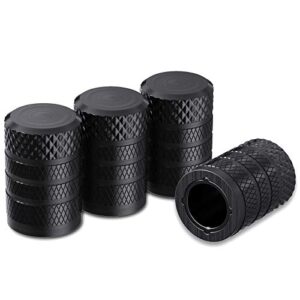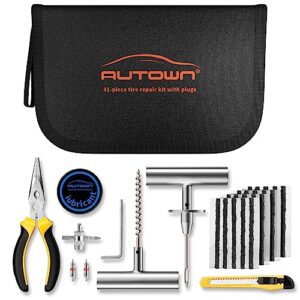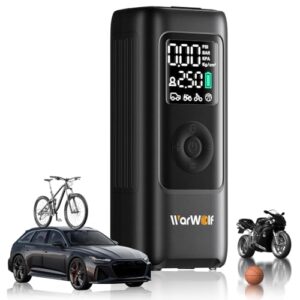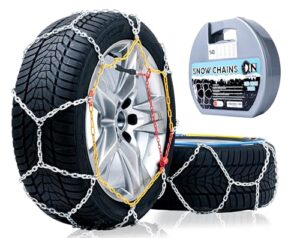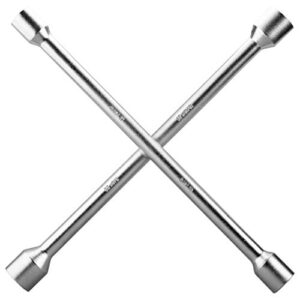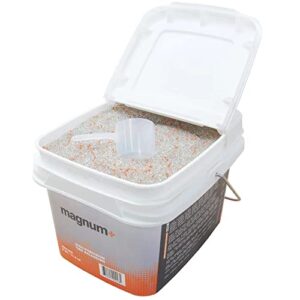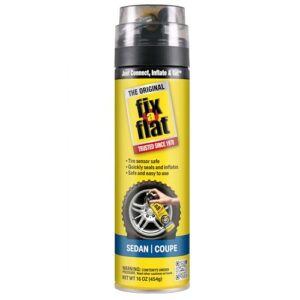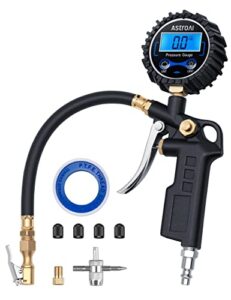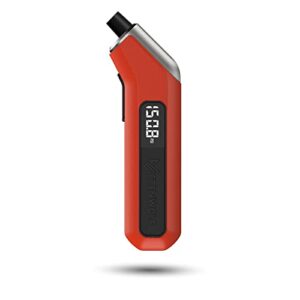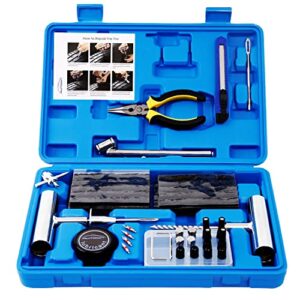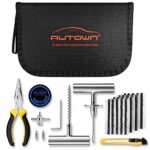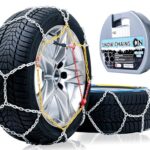Choose winter tires by considering tread design, rubber composition, and tire size. Ensure they are suitable for severe snow conditions.
Winter tires are essential for safe driving in icy and snowy conditions. They have specialized tread patterns and rubber compounds to provide better traction. These tires remain flexible in cold temperatures, improving grip on slick roads. Checking tire size compatibility with your vehicle is crucial for proper fit and performance.
Look for tires with the Three-Peak Mountain Snowflake symbol, indicating they meet severe snow service standards. Investing in quality winter tires increases safety, reduces braking distances, and improves handling during winter months. Proper selection ensures you stay safe and confident on the road.
Importance Of Winter Tires
Winter tires are essential for safe driving in cold weather. They provide better traction on snow and ice. This helps prevent accidents and keeps you safe on the road.
Safety Benefits
Winter tires have special treads designed for cold conditions. These treads grip the road better than regular tires. This reduces the risk of slipping and skidding. Stopping distances are shorter with winter tires. This can be crucial in emergency situations.
Winter tires are made from rubber that stays flexible in cold weather. This flexibility improves traction and control. Regular tires can become hard and slippery in the cold. Winter tires help maintain control of your car.
Performance In Cold Weather
Winter tires perform better in temperatures below 45°F. They provide better handling and stability. This helps you drive safely even in harsh winter conditions.
The tread patterns on winter tires are deeper and more aggressive. This helps them cut through snow and slush. The unique design also channels water away from the tire. This reduces the risk of hydroplaning.
| Feature | Winter Tires | Regular Tires |
|---|---|---|
| Traction | High | Low |
| Rubber Flexibility | Remains Flexible | Becomes Hard |
| Tread Design | Deep and Aggressive | Shallow |
| Performance Temperature | Below 45°F | Above 45°F |
Choosing the right winter tires can make a big difference. They ensure your car performs well in winter. This keeps you and your loved ones safe.
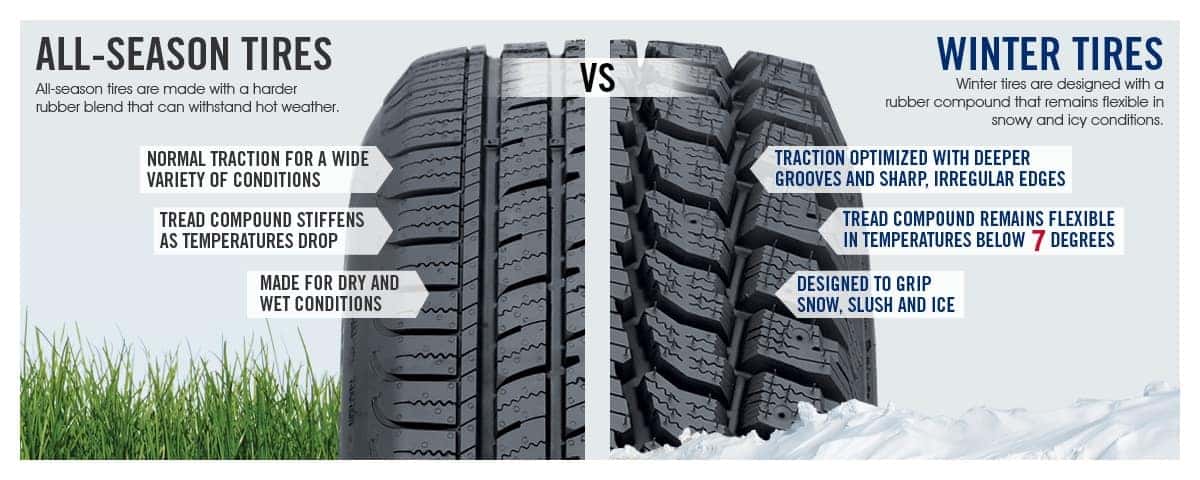
Types Of Winter Tires
Choosing the right winter tires ensures safety and performance in cold conditions. Understanding the types of winter tires helps you make an informed decision. Let’s explore the options available.
Studded Vs. Studless
Studded tires have metal studs embedded in the tread. These studs provide extra grip on icy roads. They are perfect for areas with frequent ice and hard-packed snow. Be aware that studded tires can be noisy and may damage road surfaces.
Studless tires use advanced rubber compounds and unique tread designs. They offer excellent traction in snow and ice without metal studs. These tires provide a quieter ride and are less likely to damage roads. They are a great option for urban and suburban areas.
All-weather Options
All-weather tires are a versatile choice for drivers. They combine elements of winter and summer tires. These tires can handle a variety of conditions, including light snow and rain. All-weather tires are convenient for those who don’t want to switch tires seasonally.
| Type | Best For | Pros | Cons |
|---|---|---|---|
| Studded | Icy roads | Excellent ice traction | Noisy, road damage |
| Studless | Snowy and icy conditions | Quiet, no road damage | Less effective on sheer ice |
| All-Weather | Mixed conditions | Year-round use | Not specialized for extreme conditions |
Consider the climate and driving conditions in your area. This helps in selecting the best type of winter tire for your needs.
Key Features To Look For
Choosing the right winter tires is crucial for safety. There are key features to consider. These features ensure the tires perform well in cold and snowy conditions.
Tread Design
The tread design of winter tires is vital. It affects grip and handling on icy roads. Look for tires with deep grooves. These grooves help channel snow and slush away. This improves traction. Also, check for small cuts in the treads. These are called sipes. Sipes increase grip on slick surfaces.
| Feature | Benefit |
|---|---|
| Deep Grooves | Improves traction by channeling snow and slush |
| Sipes | Increases grip on icy surfaces |
Rubber Composition
The rubber composition of winter tires matters. Winter tires use special rubber. This rubber stays flexible in cold temperatures. Flexible rubber improves contact with the road. It improves grip and braking performance.
- Special rubber stays flexible in cold weather.
- Better contact with the road surface.
- Improved grip and braking.
Check the tire’s temperature rating. Winter tires often have a snowflake symbol. This symbol indicates the tire is suitable for cold weather. Ensure the tire has this symbol for best performance.

How To Determine The Right Size
Choosing the right size for your winter tires is crucial for safety. This ensures optimal performance during icy and snowy conditions. In this guide, we will help you find the perfect tire size.
Reading Tire Codes
The first step is to understand tire codes. Tire codes are found on the sidewall of your tire. These codes look something like P215/65R15.
Here is how to read it:
- P stands for Passenger Vehicle.
- 215 is the tire width in millimeters.
- 65 is the aspect ratio.
- R means Radial construction.
- 15 is the wheel diameter in inches.
Consulting Vehicle Manual
Always check your vehicle manual for the recommended tire size. This ensures compatibility and safety. The manual provides the exact measurements you need.
Here is a sample table from a typical manual:
| Vehicle Model | Recommended Tire Size | Alternative Sizes |
|---|---|---|
| Sedan | 205/55R16 | 215/50R17 |
| SUV | 225/65R17 | 235/60R18 |
Using the correct size from the manual ensures the best performance. It also keeps you safe on winter roads.
Budget Considerations
Choosing winter tires involves more than just selecting the right size. Budget considerations play a crucial role. This section will help you balance cost and quality while making a long-term investment.
Cost Vs. Quality
When it comes to winter tires, cost often reflects quality. Cheaper tires may save money initially. But they might wear out faster or offer less safety.
Here is a quick comparison of cost vs. quality:
| Cost | Quality |
|---|---|
| Low | Basic performance, shorter lifespan |
| Medium | Good performance, moderate lifespan |
| High | Excellent performance, long lifespan |
Investing in higher-quality tires often means better grip and durability. These tires perform better in icy conditions.
Long-term Investment
Think of winter tires as a long-term investment. Quality tires can last several seasons. They offer better safety and performance.
Here are some key points to consider:
- Tire lifespan: Higher-quality tires last longer.
- Safety: Better quality means improved road grip.
- Performance: Premium tires handle ice and snow better.
A higher initial cost can save money in the long run. Fewer replacements and better performance make it worth the investment.
Use these tips to choose the best winter tires within your budget. Your safety and peace of mind are priceless.
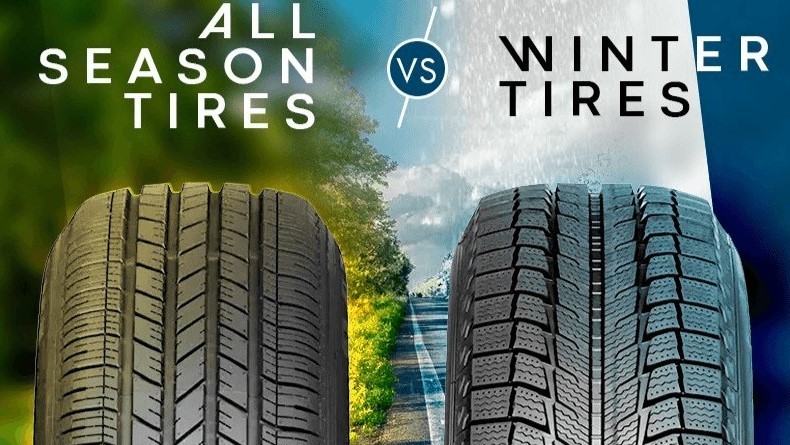
Installation And Maintenance
Choosing the right winter tires is just the first step. Proper installation and maintenance ensure they perform well. This section will guide you through essential practices.
Professional Installation
Always opt for professional installation of winter tires. Experts ensure the tires are mounted correctly. Proper installation prevents issues like uneven wear.
Professionals use specialized tools. They also balance the tires accurately. Balanced tires offer better traction and handling.
Here’s what to expect during professional installation:
- Proper mounting of tires
- Accurate balancing
- Inspection of wheel alignment
Regular Inspections
Regular inspections are crucial for tire maintenance. Inspect the tires every few weeks. Check for signs of wear and tear.
Look for any cuts or punctures. Ensure the tire pressure is optimal. Proper pressure boosts the tire’s lifespan.
Key points for regular inspections:
- Check tire tread depth
- Inspect for visible damage
- Ensure correct tire pressure
Keeping these tips in mind ensures your winter tires last longer. Proper care guarantees safety and performance during winter months.
Top Brands To Consider
When winter approaches, choosing the right tires is crucial. Winter tires improve safety and performance on icy roads. Here are the top brands to consider for your winter tire needs.
Popular Choices
Some brands stand out due to their reliable winter tire options. Below are a few popular choices:
- Michelin X-Ice Xi3
- Bridgestone Blizzak WS90
- Goodyear Ultra Grip Ice WRT
- Nokian Hakkapeliitta R3
- Continental VikingContact 7
These brands have a reputation for delivering excellent winter performance. Each offers unique features to improve your driving experience.
User Reviews
Reading user reviews can help you make an informed decision. Here’s a summary of what users think about the popular choices:
| Brand | Positive Feedback | Negative Feedback |
|---|---|---|
| Michelin X-Ice Xi3 | Excellent grip on icy roads | Higher price point |
| Bridgestone Blizzak WS90 | Outstanding traction | Shorter tread life |
| Goodyear Ultra Grip Ice WRT | Superior handling | Noise on dry pavement |
| Nokian Hakkapeliitta R3 | Top-notch ice performance | Limited availability |
| Continental VikingContact 7 | Great all-around winter tire | Less impressive on slush |
These reviews provide insights into each brand’s strengths and weaknesses. Consider these points when choosing your winter tires.
Frequently Asked Questions
How To Know Which Winter Tires To Buy?
Check tire reviews, consider your climate, read manufacturer guidelines, and consult local experts for the best winter tires.
How To Pick Out Snow Tires?
Choose tires labeled with the three-peak mountain snowflake symbol. Ensure they fit your vehicle’s size. Check tire reviews. Consider studded or studless based on driving conditions. Buy from reputable brands for quality and safety.
How Do I Know What Winter Tires To Get For My Car?
Check your car’s manual for tire specifications. Consult with a local tire shop. Consider factors like weather, driving habits, and budget.
Should I Go Down A Size For Winter Tires?
Yes, going down a size for winter tires can improve traction. Consult your vehicle’s manual for recommended sizes.
Conclusion
Selecting the right winter tires is crucial for safe driving. Consider factors like tread design, rubber composition, and tire size. Always check customer reviews and ratings. Don’t forget to consult your vehicle’s manual for recommendations. Investing in quality winter tires ensures a safer, more comfortable driving experience during harsh weather conditions.





